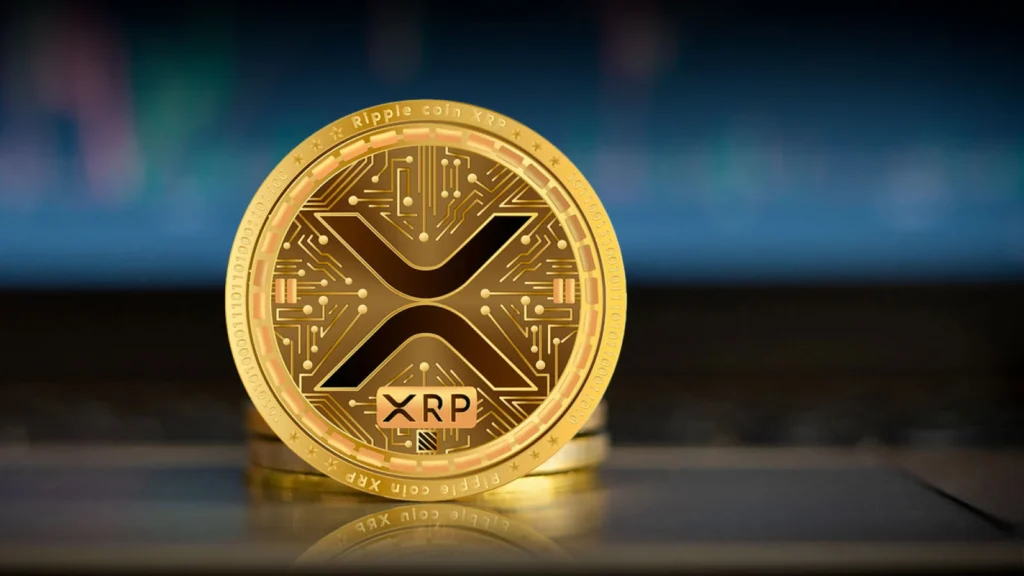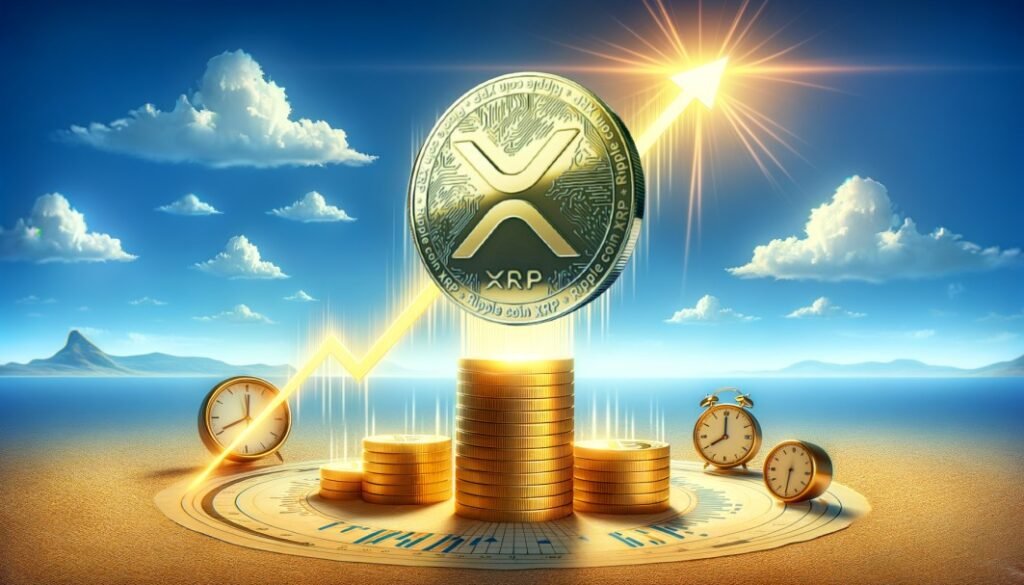
What is XRP?
XRP is a cryptocurrency and token that Ripple Labs uses to facilitate transactions on its network. XRP mainly improves global financial transfers and the exchange of various currencies.
KEY TAKEAWAYS
XRP is a cryptocurrency and the native token of Ripple, founded in 2011 by Jed McCaleb and Chris Larsen.
XRP is pre-mined and has a total supply of 100 billion tokens.
XRP is more profitable, has faster transaction times and uses less energy than Bitcoin.
History of XRP
Ripple is a centralized financial technology (fintech) company that creates various products to solve global payment problems through its remittance, settlement and exchange system. The company began as Ripplepay, founded by software developer Ryan Fugger in 2004. This period was before Bitcoin, the world’s leading cryptocurrency, came into the spotlight.
Ripple’s goal was similar to Bitcoin creator Satoshi Nakamoto’s vision, which was to create an easier, faster, and more secure way to transact around the world. The downside of Ripplepay was that it was not blockchain dependent; instead it was centralized.
In 2011, McCaleb, David Schwartz, and Arthur Britto began developing the XRP ledger as a resource to overcome Bitcoin’s inherent limitations. In 2012, when the XRP ledger launched, it included a native XRP token to facilitate its operation. This engineering team was soon joined by Larsen, who is now the CEO and co-founder of Ripple.
Between 2012 and 2015, Ripple changed its name several times. It was then renamed Ripple Labs in 2013. Finally, in 2015, it changed its name and became Ripple, as it is popularly known today.
XRP vs BTC
There has been a lot of talk about the differences between XRP and Bitcoin. While there are similarities between both currencies in their respective regions, their differences are vast, some of which include the following.
Where can I buy XRP?
There are special exchanges that allow you to buy XRP using fiat currency or other cryptocurrencies. Some of the exchanges that currently support XRP sales include Binance, BTCEX, Bybit, Deepcoin, and MEXC, among others, making investing in XRP possible.
Is investing in XRP a smart decision?
Whether investing in XRP is a good decision depends on your risk tolerance, market outlook, and whether you can afford to lose your investment. It is best to seek advice from a professional investment professional before purchasing XRP.
What is XRP?
XRP is Ripple’s cryptocurrency token used to transfer funds across borders cheaply, securely, and instantly. Its main purpose is to serve as a bridge currency, offering financial institutions a more profitable way to exchange cryptocurrencies and fiat currencies.
Ripple’s advantage for XRP has always been minimal transaction fees and fast transaction settlement status. The minimum transaction value required by the network for a standard operation is 0.00002 XRP. The company has always maintained that the preliminary decision was necessary to reward the founders, developers and early investors of the project.

How does XRP work?
XRP transactions are settled in seconds, allowing both parties to make payments in local currency and allowing institutions to combine currencies. Transactions are validated by a network of over 150 validators (servers), which can be given a place on Ripple’s list of unique nodes.
The list of unique nodes includes 35 validators, six of which are used by Ripple. The network is responsible for validating all pending XRP transactions every three to five seconds on average.
Once verified, transactions are recorded again on the XRP ledger in accordance with the RPCA and are permanently recorded on the blockchain to ensure that the data record on the ledger remains unchanged. Consensus is reached when at least 80% of the validating nodes agree that the transaction is legitimate, and a new block is added to the XRPL blockchain.
There may always be faulty validators, but their number can never exceed 20% of the total number. If the number exceeds 20%, the network is questioned and stops working.
What is XRP used for?
Ripple created XRP to operate the network as an alternative to SWIFT, offering transaction speed for more efficient cross-border payments and faster cross-border transactions.
The Ripple token is useful for less traded currencies that may require an intermediate medium of exchange to exchange at a low cost. The intermediate currency is usually the US dollar, but XRP can replace it for a fraction of the transaction cost.
Traditional bank transfers can take days to process and incur high fees. These can be replaced by the Ripple network using XRP due to its high transaction speed and low costs.
XRP supports the open-source XRPL Ledger, a scalable and resilient blockchain that provides a permanent, immutable record of transactions authorized only by the owner of the private keys.
The platform is supported by a community of developers around the world, ensuring low cost and rapid value transfer for many use cases. Decentralized Exchange (DEX), XRPL DEX, is the oldest decentralized exchange, allowing users to trade XRP and other cryptocurrencies since 2012 with minimal fees.